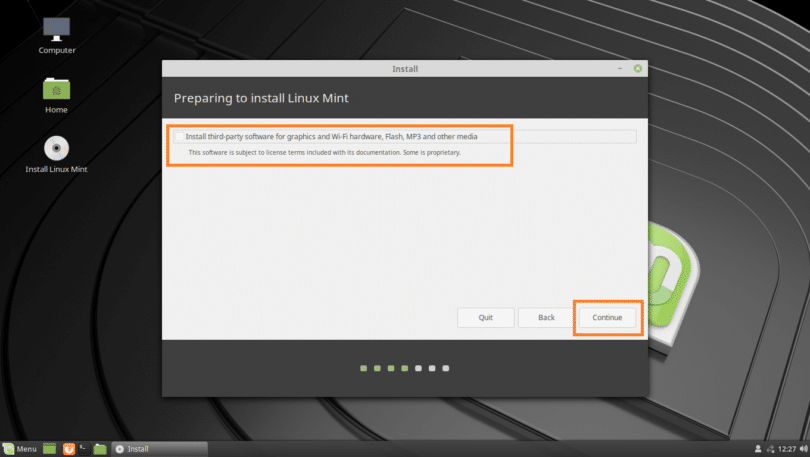
Once you’ve followed the above instructions, click on “Start” to create a bootable USB drive. Of course, this couldn’t happen because you were not connected to. During installation Linux Mint will attempt to get needed drivers from the Internet if they are not on the installation media. That’s why they became available when you reinserted the USB drive. Step 4: Click on Start to create a bootable device Martin, the Linux Mint installation media contains a wide selection of drivers. It helps you to store the changes that you have made in Live Boot.įor the sake of simplicity, we will not touch on any other options to avoid confusion. If you don’t know what persistent partition size is, then I’ll explain it in a simple way. The USB should be formatted and not in use for. The size of the Windows Bootable USB will differ depending on the edition, version and the language pack. If you have data on the USB you can do a back up. Persistent partition size:It is a new feature introduced in Rufus that users desperately miss. Step 3: Back up and format the USB ( 8 GB or bigger) At this step you need to have USB which is 8 GB or more.

On the right side of the current screen, click on “Select” to specify the downloaded ISO file location. You do not need to change the default options “Disk or ISO image” unless and until you have a different objective.

In the case of multiple USB drives, select the USB drive that you want to use for bootable from the drop-down menu.īoot selection: At this step, you need to provide the ISO file location for which you want to create a bootable device.

Device: In this drop-down menu, you will find the connected USB device name along with the USB disk size.


 0 kommentar(er)
0 kommentar(er)
